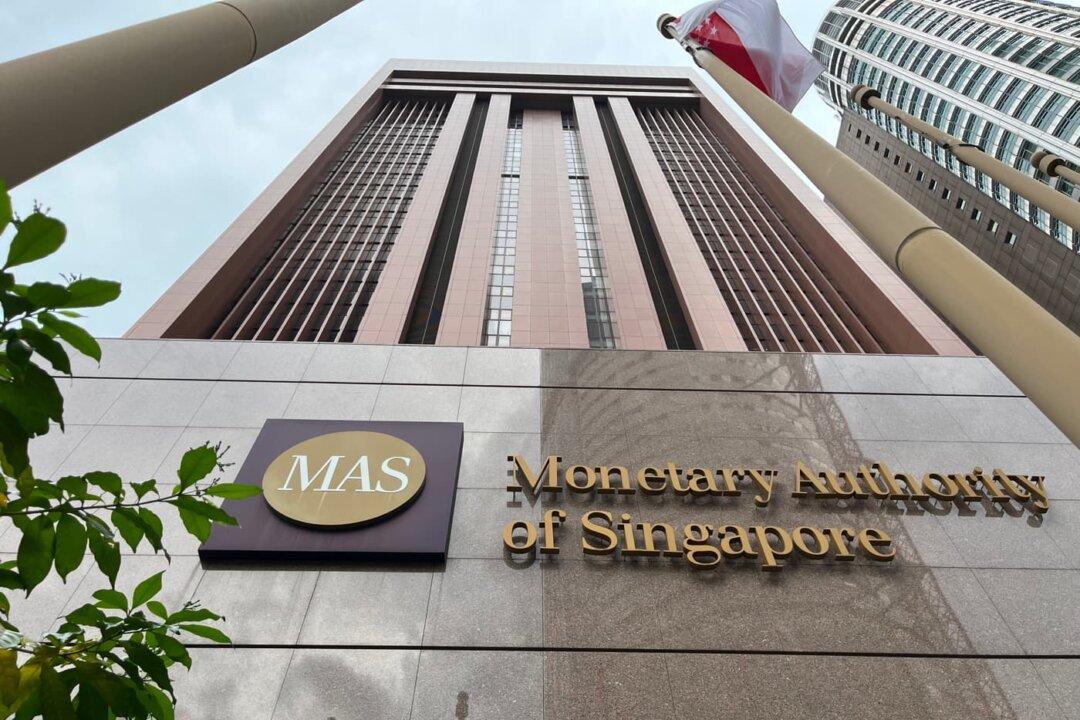Singapore’s central bank, the Monetary Authority of Singapore (MAS), posted a net loss of S$7.4 billion ($5.3 billion) for the 2021-2022 financial year that ended on March 31.
In his speech at a press conference on July 19, the MAS’s Managing Director Ravi Menon noted that the loss arose mainly from lower investment gains (S$4 billion) and a large negative foreign exchange translation effect (-S$8.7 billion), as well as higher interest expenses (-S$2.8 billion).




